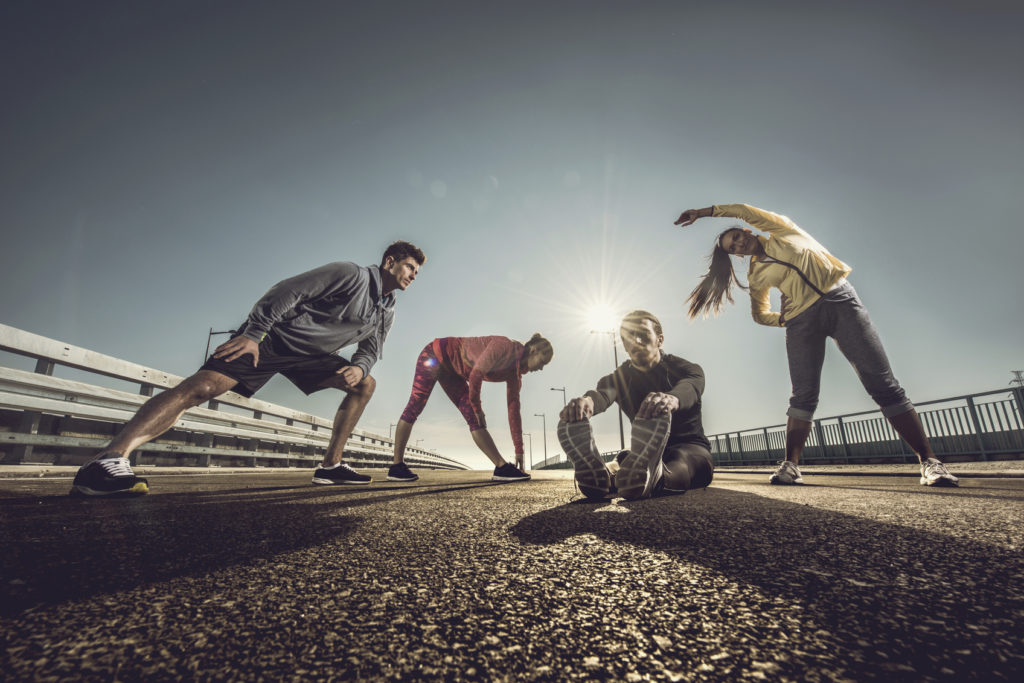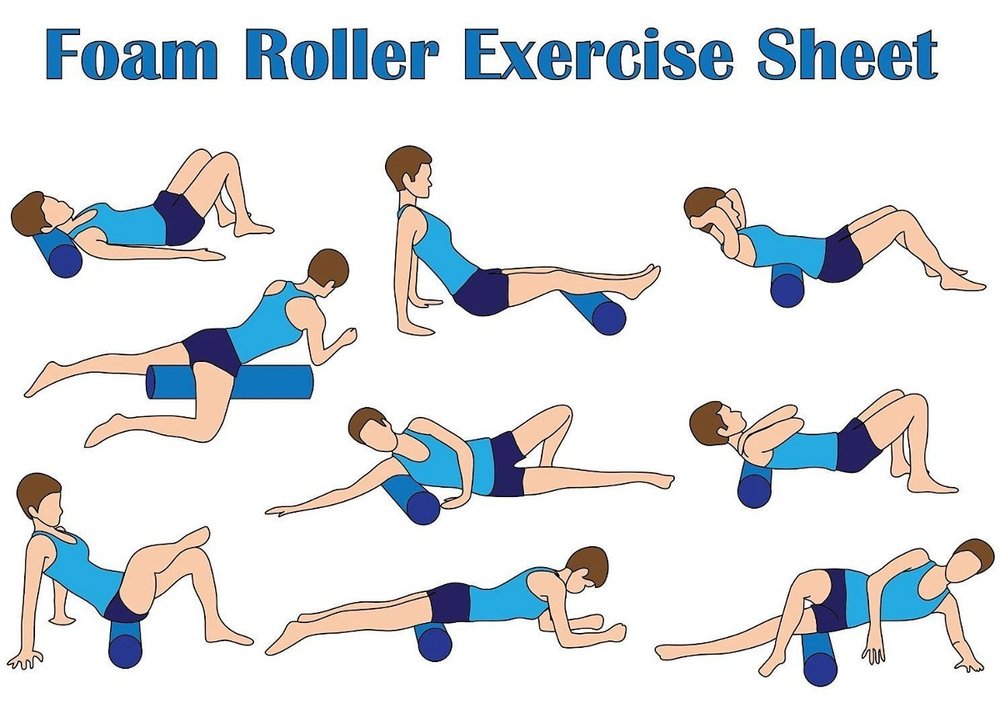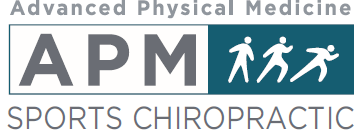
We always promote being active our patients and one of the most common activities people like to participate in is running. Running is one of the most popular activities in the world. At almost any time of day and night in some areas you can find someone going for a run on the road, a trail, a track, or at home on a treadmill. All you need to get started is a good pair of shoes and some motivation and your off! Running though can lead to some injuries though. These include but are not limited to shin splints, plantar fasciitis, runner’s knee, muscle strains, and ligament sprains. This should not be a death sentence for your love of running. Here are a couple of tips to help prevent some of these common injuries and keep you in the race.
Water, Water, Water!

Studies show that 80% of the US population is dehydrated. Water regulates our body temperature, cushions, and protects vital organs and aids the digestive system, not to mention, it also acts within each cell to transport nutrients and dispel waste. It is recommended that we should be drinking 1/2 our body weight in ounces every day. i.e. If I weigh 200 pounds, I should be drinking 100 ounces of water a day.
Water is even more important when we exercise. When we sweat from exercise, we need to replace that water. In 1 hour of exercise, the body can lose more than a quart of water, depending on exercise, intensity, and air temperature.
During exercise it is recommended to consume: 2 cups one hour before, ½ cup every 15 minutes of activity, and 2 cups after the completion of exercise.
Here are some signs of dehydration:
Dark urine, thirsty, elastic marks lasting a long time on our skin, sweat looks or tastes salty, headache, dry eyes or skin, when your body is dehydrated it will take moisture from anywhere it can, eyes, skin wherever it can. Keep on the lookout for these changes so you can combat them correctly.
If you are not currently drinking enough water, gradually increase, you will be going to the bathroom a lot, but your body will acclimate to that and the trips to the bathroom will decrease.
10% Rule
As it gets warmer, we tend to notice more and more people outside being active. After a winter season where we’ve all been stuck inside we all of a sudden rush outside and can’t wait to get back in the gym and get that beach body, train for that 5k or half marathon race, or just go for a walk on the trail. We want to make sure we do not just jump right into things especially if we have not done that much strenuous activity in a while. That is where the 10% rule comes in. This guideline simply states that you should increase your activity no more than 10 % per week.
That includes distance, intensity, weight lifted and time of exercise.
For example, if you are running 20 miles per week and want to increase, adding 2 miles the next week follows the 10% Rule.
If you are lifting 50 pounds and want to increase, add 5 pounds the next week to follow the 10% Rule.
Foam Rolling

Over the last few years use of the foam roller has increased in the world of treatment. Its benefits are endless, but most people do not know how or when to effectively use it. Let’s start with a quick anatomy lesson to learn why its use is needed.
Foam rolling is used to treat the myofascial system. The superficial fascia is a soft connective tissue located just below the skin. It wraps and connects the muscles, bones, nerves, and blood vessels of the body. Together, muscle and fascia make up the myofascial system. For various reasons including disuse, not enough stretching, or injuries, the fascia and the underlying muscle tissue can become stuck together. This is called an adhesion and it results in restricted muscle movement. It also causes pain, soreness and reduced flexibility or range of motion.
When these adhesions build up, we can use the foam roller to help break them down with a technique called myofascial release. Myofascial release is a soft tissue technique in which gentle sustained pressure is applied to the soft tissues while applying traction to the fascia. This technique results in softening and lengthening (release) of the fascia and breaking down scar tissue or adhesions between skin, muscles, and bones. Myofascial release has many benefits including relief of various muscle and joint pains as well as improving flexibility and range of motion. Foam rollers are inexpensive and with some trial and error you can target just about any muscle group.
Here are some tips to get the most benefit from use of a foam roller.
1. Roll back and forth across the painful or stiff area for 60 seconds.
2. Spend extra time directly over the knot or trigger point itself.
3. For prevention of injuries, foam rolling two to three times a week is recommended.
4. Avoid rolling over bony areas.
5. Always stretch the area following foam rolling.
Lastly consider visiting a sports recovery center such as APM Sports Chiropractic. As your training gets more intense and recovery becomes more difficult consider trying Normatec compression boots or any of the many other treatments we offer to keep you out there running your race. We have the tools that have been shown to help athletes’ recovery during training quicker and help them reach their maximum performance.
There are plenty of things you can do prevent injuries while training and these are just a starting point. Try them out and let us know what you think! As always remember if you have an injury or pain that is not going away after a couple days you should consult the proper medical professional.

